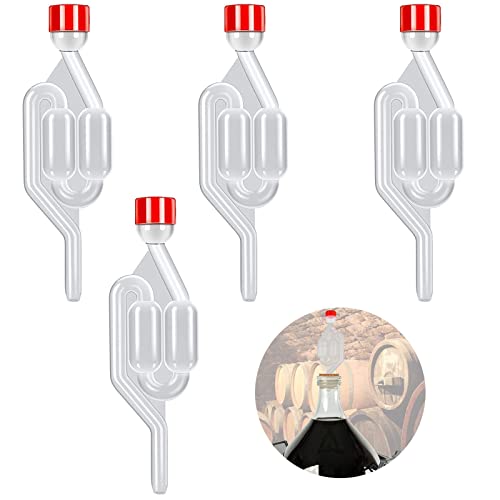Bertie Doe
Well-Known Member
Doubt any harm done, once went to 35 psi when spunding valve not able to work due to my setup error.
Higher pressure seems to mitigate against the side effects of higher temps.
I use this calculator
https://drhansbrewery.com/beercarbonationcalculator/and set the final spunding pressure for the vols I'm aiming for at the temp that the brew is at that time.
Hence if I want to have a beer at 2.4 vols and fermenting at 23 celsius using calc above get a pressure of 29.16 psi this seems high.
But when this beer is cold crashed to 6 celsius ( try it in the calculator yourself ) you'll see the pressure falls to 12.6 psi.
You don't have to spund or release for the pressure to drop as the pressure drop occurs as the CO2 above the wort goes more into solution as the temp falls.
FWIW I don't bother very often with a blowoff tube I just leave the prv open and then spund if the krausen out of control and likely to bubble out.
Might be worth standing your all rounder in some water in a bin perhaps might be a good fit and that would help to keep it cooler. You should try and get it all as cool as possible before bottling otherwise you will get a lot of foam. I use the williams warn counter pressure filler, but that could cope with the higher temps and pressure as it really is sealed until the capping moment.
Thanks I've saved that Calculator to faves and also thanks to Dave for the Brewgoat link. It does seem like your 6C cold crash is a good target to aim at. My all-rounder is brewing in the bath. Room temp has only dropped to 24C and the spunding valve is still holding 8 ppsi..
I do have some heavy duty rubble sacks and enough space in the deepfreeze to hold eight 2 litre empty ice-cream tubs, which I will fill with water. The night before bottling, I'll gently lower the AR into the sack and add the 8 blocks of ice. I'll report back, regards Paul.





























![BREWING THERMOMETER STICKERS ACCURATELY MONITOR FERMENTING BEER & WINE LIQUID TEMPERATURES 5PCS HOME BREW SPIRITS WINE LCD ADHESIVE [US]](https://m.media-amazon.com/images/I/311DDjo2X3L._SL500_.jpg)













